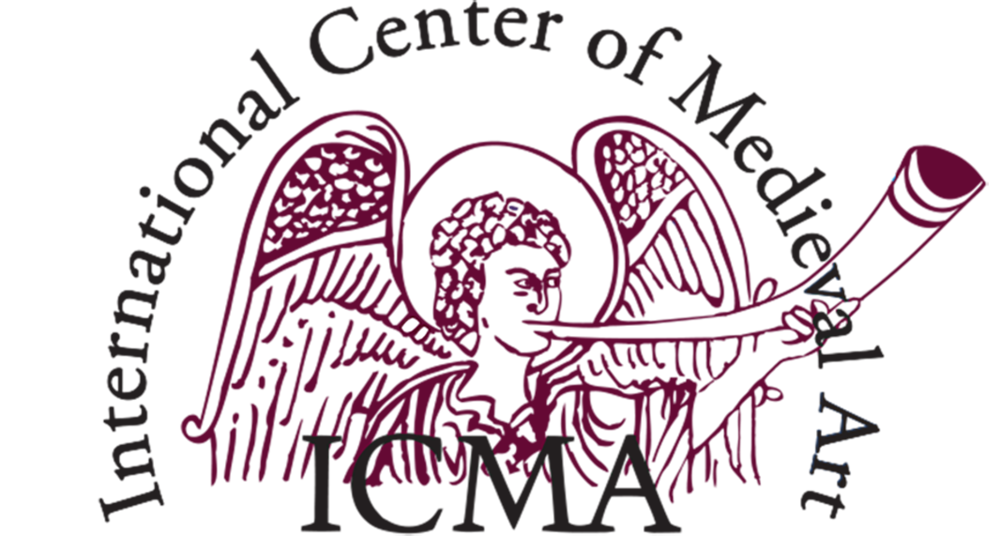About the lecture
We have constructed a hyper-aulic medieval art history, both thematically and artistically. We continue to be fascinated by kings and queens and their post-mortem survival and remembrance. Medieval monarchs often chose burial sites with the intention that their legacy would be remembered and venerated within a center of significant symbolic or religious importance, such as a cathedral or a prominent monastery. In this way, they not only ensured their survival in a place in history, but also the spiritual intercession exercised on their behalf before the Divinity by a praying community. Thus, a king or queen decided to be buried in a particular church, either in front of its doors or inside them. However, this vital decision was not always straightforward or final. As expressed in the chronicles and testaments, which exist at least in medieval Spain since the 11th century, monarchs could change their minds and request a new burial place that better suited their personal, political or spiritual priorities, or the changing tensions in the political and religious landscape of their time.
Since the historiography that began this analysis, already in the 19th century, was French and Germanic, the cases of royal burial in those areas became paradigmatic. However, is it still acceptable today to consider that there is an artistic or political model of reference against which everything else is an anomaly? Should we continue to colonise the European Middle Ages from the propositions of the geographically central domains? Does it make sense to consider the multiplicity of Iberian burial sites, throughout historical phases, as a divergence from the presumed model of concentration and stability of French and English royal burials?
In the context of the Iberian Peninsula, the multiplication, distribution and ecclesiastical variety of royal burials is particularly unique compared to other European regions. This can be understood through the concept of ‘mnemotopia’, analysed by scholars such as Maurice Halbwachs and Jan Assmann. Mnemotopia refers to the idea of a place imbued with a high symbolic significance for the collective memory. The physical location of a burial place carried an important meaning – a place that preserved and evoked historical memory for the kingdom and its community.
Until now, historiography has explained the multiplicity of Iberian royal cemeteries (not only in Castile) as the expression of unquestioned power, which made it unnecessary to rely on a single, reiterative cemetery. This hypothesis is not accurate. Moreover, the political principles in Aragon and Navarre were no different from those of the western kingdoms of medieval Spain, and yet they did establish from the 14th century onwards a single coronation place and a single dynastic cemetery. That is why the central argument of this discussion must be approached from the perspective of geopolitics: 1.- How was the monumental memory of the kingdom articulated to dominate all the lands of the kingdom? 2.- Is it true that by gaining new frontiers with the territorial ‘Reconquest’ a city was designated as the most politically and ecclesiastically relevant, in order to compensate for the burdens of a presumably fragile and questionable legitimacy?
About the speaker
Senior lecturer in the history of medieval art. Principal researcher in the TEMPLA international research team (https://templamedieval.eu/s/templa/page/inicio). Associate Professor (2010) at the École des Hautes Études en Sciences Sociales, at the invitation of the Groupe d'Anthropologie historique de l'Occident médiéval. Member of the Scientific Council of Campus Condorcet. Campus de Recherche en Humanités de la région de Paris’. Chief scientific editor of the Codex Aquilarensis (https://www.romanicodigital.com/otros-contenidos/revista-codex-aquilarensis). Has organised 49 international seminars and scientific meetings. Author specialising in the analysis of pre-Romanesque and Romanesque architecture and visual devices (in particular sculpture) deployed on the exterior and interior. He studies the morphogenesis of spaces of worship and institutional representation, the construction of sites and images, based on the importance of bringing together the perception and experience of immaterial factors and goods. Recent books: G. Boto (ed.), La catedral de Tarragona. Arquitectura, discursos visuales y liturgia (1150-1350), Aguilar de Campoo, 2022. ISBN: 978-84-17158-34-7; G. Boto, Marc Sureda (eds.), La catedral romànica de Barcelona. Protagonistes, context urbà i edificacions monumentals, Girona, 2021. ISBN-13 : 978-8499845906; G. Boto (ed.), (In)sights regarding Medieval Art / Una mirada perspicaz al Arte Medieval. Tributo a Herbert Kessler (Special issue of Codex Aquilarensis. Revista de Arte Medieval, 37, 2021 (ISSN.0214-896X), 595 p.; G. Boto, M. Serrano, J. McNeill (eds.), Emerging Naturalism: Contexts and Narratives in European Sculpture 1140-1220, Turnhout: Brepols, 2020, 440 p. ISBN: 978-2-503-57448-6; Vinni Lucherini, Gerardo Boto (eds.), La cattedrale nella città medievale: i rituali, Roma: Viella, 2020, 394 p. ISBN: 9788833131269. (https://girona.academia.edu/GerardoBoto)
Organized by Francesca Dell’Acqua (Università di Salerno), Chair of the ICMA New Initiatives Working Group
Co-sponsored by the Dipartimento di Scienze del Patrimonio Culturale of the Università di Salerno, Centro di Cultura e Storia Amalfitana, and the International Center of Medieval Art (ICMA).
The ICMA Associates Lecture inaugurates the celebrations for the 50th anniversary of the Centro di Cultura e Storia Amalfitana.
Register HERE



















